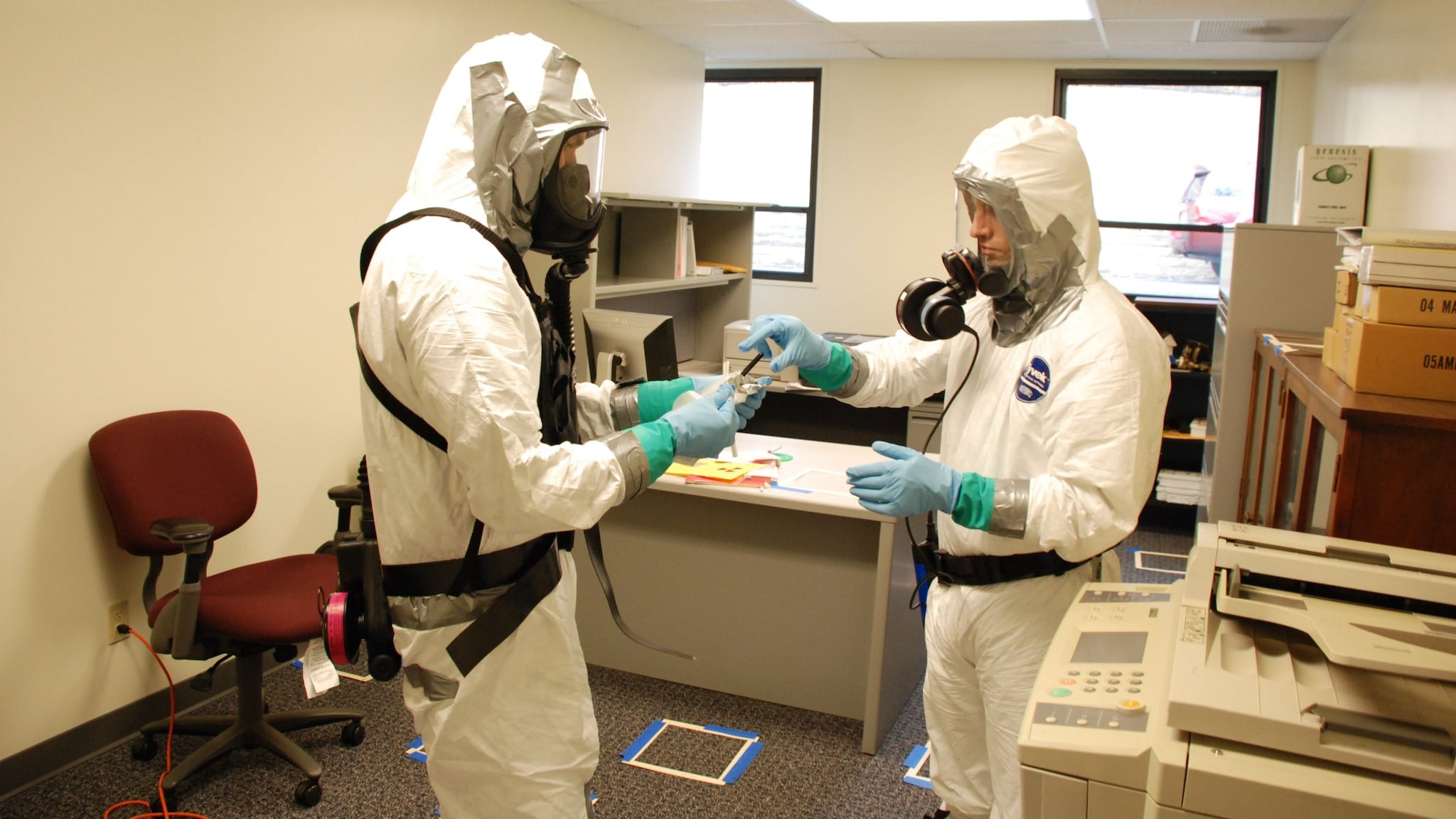Key points
- Anthrax is a serious infectious disease caused by bacteria known as Bacillus anthracis.
- Anthrax infections occur naturally in wild and unvaccinated domestic animals in many countries, including the United States.
- Workers can be infected if they are exposed to infected animals or animal products.
- Workers can also be infected if the bacteria is used as a biological weapon.
More Information

Overview
Workers may be exposed to the bacteria that causes anthrax if they:
- Touch contaminated animal carcasses, wool, hides, or fur
- Breathe in spores during processing or working with contaminated animal products
- Eat under-cooked meat from infected animals or eat food or drink water contaminated with spores
- Come into contact with the bacteria during an initial terrorist attack or when responding to the emergency event
Who is at risk
Naturally occurring anthrax
People who work with infected animals or contaminated animal products or environments may be exposed. Workers at risk include:
- Farmers
- Veterinarians
- Livestock handlers
- Diagnostic laboratory workers
- People who work with animal products
Anthrax as a biological weapon
Depending on how spores are spread, various workers could be exposed to spores in the air during an emergency event:
- Emergency response workers, including law enforcement, public health, and healthcare workers
- Mail handlers (if sent via the mail)
- Decontamination workers
- Critical infrastructure workers
Prevention
Worker safety recommendations
Preventing Exposure to Anthrax at Certain Jobs
Protecting Responders' Health During the First Week Following A Wide-Area Aerosol Anthrax Attack
Environmental sampling
Surface sampling procedures for Bacillus anthracis spores from smooth, non-porous surfaces
Anthrax Surface Sampling Training
Case studies
Health Hazard Evaluations
North Dakota Department of Health and Consolidated Laboratories
Past responses and investigations
A review of cutaneous anthrax and its outcome
Human cutaneous anthrax, Georgia 2010–2012
Investigation of inhalation anthrax case, United States
Three related cases of cutaneous anthrax in France: clinical and laboratory aspects
Two rare presentations of fatal anthrax: meningeal and intestinal
Some cases in the U.S. have been associated with imported animal hides. Cases occurred in drum makers using these hides. Cases also occurred in people who handled the drums and who were around or in the environment where they were made.
Cutaneous anthrax associated with drum making using goat hides from West Africa
Gastrointestinal anthrax after an animal hide drumming event
Inhalation anthrax associated with dried animal hides
In 2001, spores were intentionally distributed through the U.S. postal system, causing 22 anthrax cases. Cases occurred through contact with the skin and breathing in spores. Five cases were fatal.
Follow-up of deaths among US Postal Service workers potentially exposed to Bacillus anthracis
